
The Evan Gorga Archaeological Collection
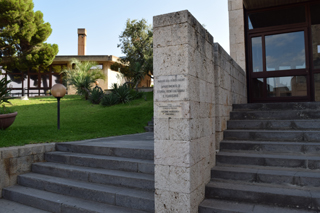
The impossibility of finding a single location for such a vast and varied collection led the Italian government to appoint a commission in charge of selecting the nuclei that could be exhibited. This could allow such nuclei to be “exhibited in state-owned venues” and “with the material left out, prepare type-based specimens” which could be entrusted to “other state-owned universities for educational purposes, or to be exchanged with foreign institutions”.
The main collections that were part of the archaeological section comprised “a nearly complete selection of shapes and styles in Italian ceramics, ranging from the Italo-geometric to Roman pottery. Consequently, in 1953 the Italian government decided to create several collections to be entrusted to Italian universities for educational purposes, including the Universities of Padua, Milan, Genoa, Pisa and Cagliari. In 1955, Cagliari was endowed with one of these collections.
The collection in Cagliari comprises several pottery classes that reflect Italy’s age-old pottery tradition, ranging from the mid-3rd millennium B.C.E. up to the 2nd century C.E. This collection only includes three pieces that date back to the Mycenaean age and Attic area, but there also are several fake specimens (as it often happens).
According to the registers of the inventory of the former Institute of Archaeology, the vases from the Gorga Collections allotted to the University of Cagliari arrived at their final destination on 15th January 1955. The collection was initially housed at the Faculty of Humanities and remained there until the 1960s. The vases were stored in wooden crates for decades, but in 1986 they were brought to light and analysed. Since 1990, they have been exhibited in the corridors of the Section of Archaeology and History of Art of the Department of History, Cultural Heritage and Territory at the University of Cagliari’s museum complex. They are housed in four purpose-built glass cabinets.
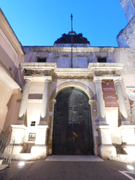
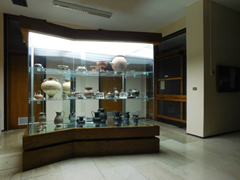
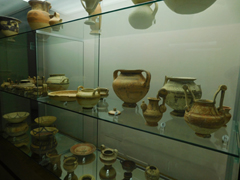
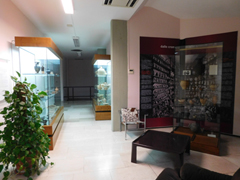
When the boxes were opened, some discrepancies with the 1955 inventory were apparent; the inventory had probably been compiled according to the catalogue cards attached to the pieces of the collection sent to Cagliari.
The actual number of vases was 147 rather than 156. After the initial surprise, it became evident that the mistake was due to the fact that the appointed staff at the Ministry of Education had compiled the catalogue cards without visually observing the pieces, as demonstrated by the fact that…
…the Apulian Red-Figure fish plate is not included in any catalogue card, picture or inventory and was most probably sent to Cagliari by mistake instead of other pieces.
... By contrast, the Attic Red-Figure lekythos dating back to the end of the 5th century or beginning of the 4th century B.C.E. was photographed twice. Therefore, two inventory numbers and as many catalogue cards were created. One of them defined the vase as oinochoe, from the 4th century B.C.E., while the other defined it as lekythos from the 3rd century B.C.E.!
...The plate bearing the “Wedgwood 4” seal on the back – a clear reference to the English handcraft production that in 1759 started imitating the Egyptian Basaltic – was mistaken for a piece of pottery covered in black paint and dating back to the 3rd century B.C.E. Funnily enough, whoever compiled the card wrote that the vase was pink, though it is actually black.
…The oinochoe described as a “heavy bucchero vase from the 7th-6th century B.C.E.” is fake.
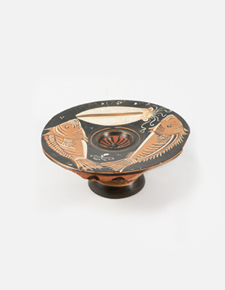
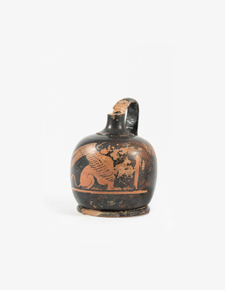
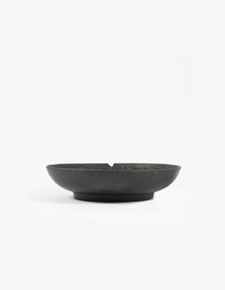
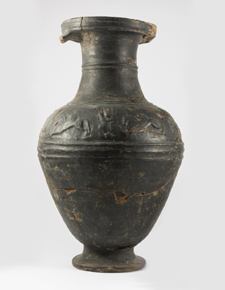
...Thanks to the restoration work carried out on this piece, it was possible to determine that the nozzle added to the black-glazed lekythos is not part of the original vase. It is most likely part of an Apulian Red-Figure piece like that of the lekythos featuring a female face.
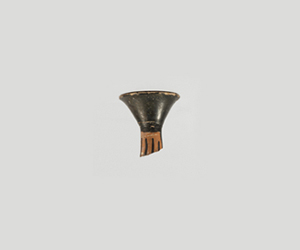
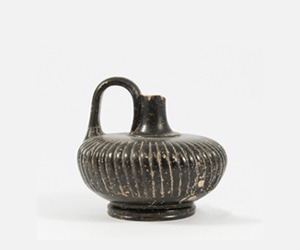
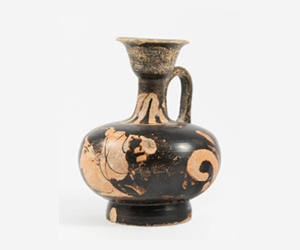


National Museum of Musical Instruments in Rome
http://museostrumentimusicali.beniculturali.it/index.php?en/1/home
Museum of Archaeological Sciences and Art - Padua, Italy
http://www.unipd.it/musei/en/archaeology/index.html